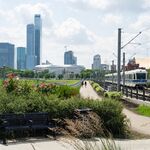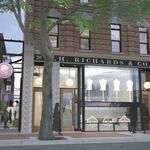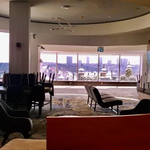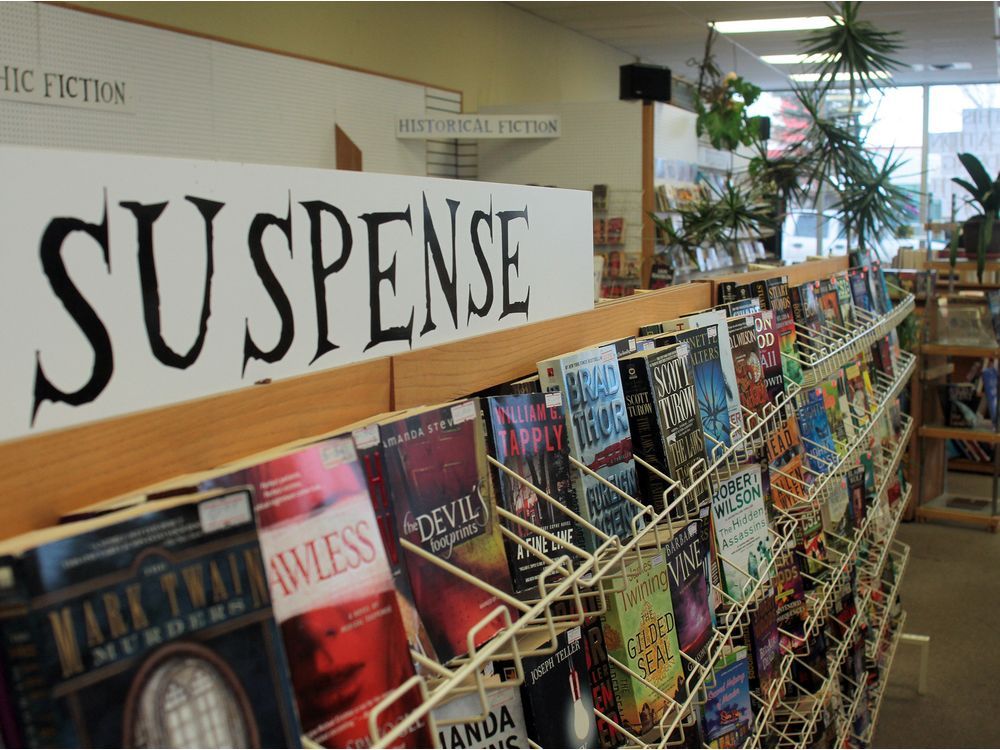archited
Senior Member
Picking up the thread...
One of the major points in revitalizing Alberta Avenue is the notion that it has continually filled the role of initiating immigrants into the Edmonton community and, in that regard, I believe that some of the block termination projects should be reserved for specific cultural groups reflecting upon their current and historical importance in that role.
Idea #8 -- attention paid to immigrants from the Indian sub-continent. This venue should not compete with individual retail and hospitality projects that could grow on the street adjacent to a block termination project. The structure, architecturally speaking, could be a mashup of British Raj architecture maintaining the turn-of-the-century (19th to 20th) character that we would be promoting along the Avenue. The attractions within the structure would highlight various broad categories of entertainment, including appropriately-scaled sports such as Pehllwani wrestling, Kabaddi, Badminton, Mallakhamb, and Kalaripayattu (the father of all martial arts); various Dance and Vocal styles, including Bhangra (dance), Bharatanatyam (dance), and Kuchipudi (dance plus singing); Classical music in the form of Hindustani Classical music, Carnatic Classical Music and Indian Folk Music; and Exhibitions of Traditional Indian Art. Internally, large LCD/LED video panels could broadcast Darbar Youtube Channels when other events don't call for specific theme uses. We could engage the Council of India Societies of Edmonton as a resource to bring relevant acts from India to make the facility world-class both in terms of usage and the quality of acts performing therein -- certainly local groups could also engage their respective talents in demonstration as well. We could source Bollywood Production Houses to fill vacant entertainment slots with main-line films -- production houses such as Yash Raj Films, UTV Motion Pictures LTD., and Eros International to name a few. We could add some interest with "behind-the-glass" store-front "happenings" heralding special events -- depicting India street performances, we could feature snake-charmers, local musicians, dancers, organ grinders, and other artists of assorted genres. We could also license a unique fleet of electric 3-wheel rickshaws that could operate within the Alberta avenue purview --
One of the major points in revitalizing Alberta Avenue is the notion that it has continually filled the role of initiating immigrants into the Edmonton community and, in that regard, I believe that some of the block termination projects should be reserved for specific cultural groups reflecting upon their current and historical importance in that role.
Idea #8 -- attention paid to immigrants from the Indian sub-continent. This venue should not compete with individual retail and hospitality projects that could grow on the street adjacent to a block termination project. The structure, architecturally speaking, could be a mashup of British Raj architecture maintaining the turn-of-the-century (19th to 20th) character that we would be promoting along the Avenue. The attractions within the structure would highlight various broad categories of entertainment, including appropriately-scaled sports such as Pehllwani wrestling, Kabaddi, Badminton, Mallakhamb, and Kalaripayattu (the father of all martial arts); various Dance and Vocal styles, including Bhangra (dance), Bharatanatyam (dance), and Kuchipudi (dance plus singing); Classical music in the form of Hindustani Classical music, Carnatic Classical Music and Indian Folk Music; and Exhibitions of Traditional Indian Art. Internally, large LCD/LED video panels could broadcast Darbar Youtube Channels when other events don't call for specific theme uses. We could engage the Council of India Societies of Edmonton as a resource to bring relevant acts from India to make the facility world-class both in terms of usage and the quality of acts performing therein -- certainly local groups could also engage their respective talents in demonstration as well. We could source Bollywood Production Houses to fill vacant entertainment slots with main-line films -- production houses such as Yash Raj Films, UTV Motion Pictures LTD., and Eros International to name a few. We could add some interest with "behind-the-glass" store-front "happenings" heralding special events -- depicting India street performances, we could feature snake-charmers, local musicians, dancers, organ grinders, and other artists of assorted genres. We could also license a unique fleet of electric 3-wheel rickshaws that could operate within the Alberta avenue purview --





